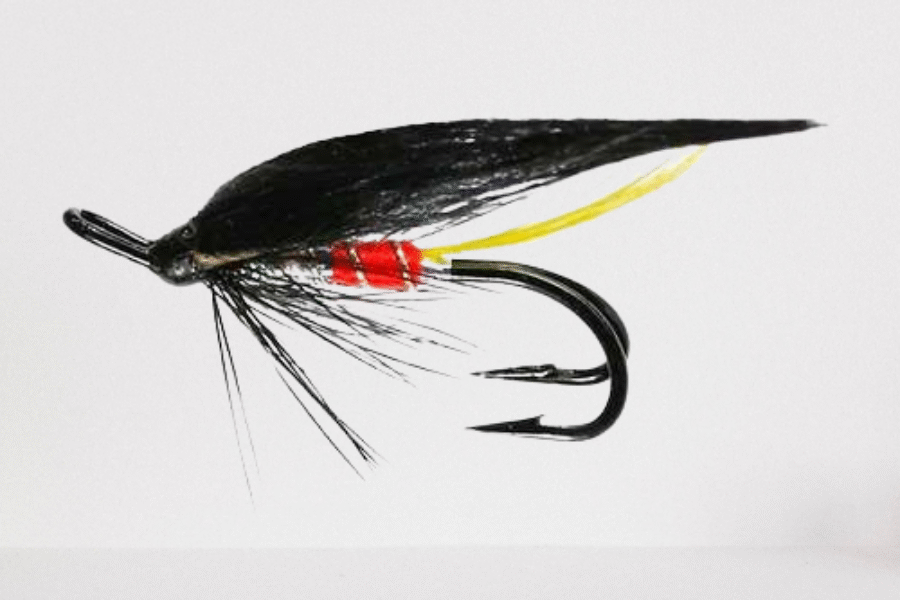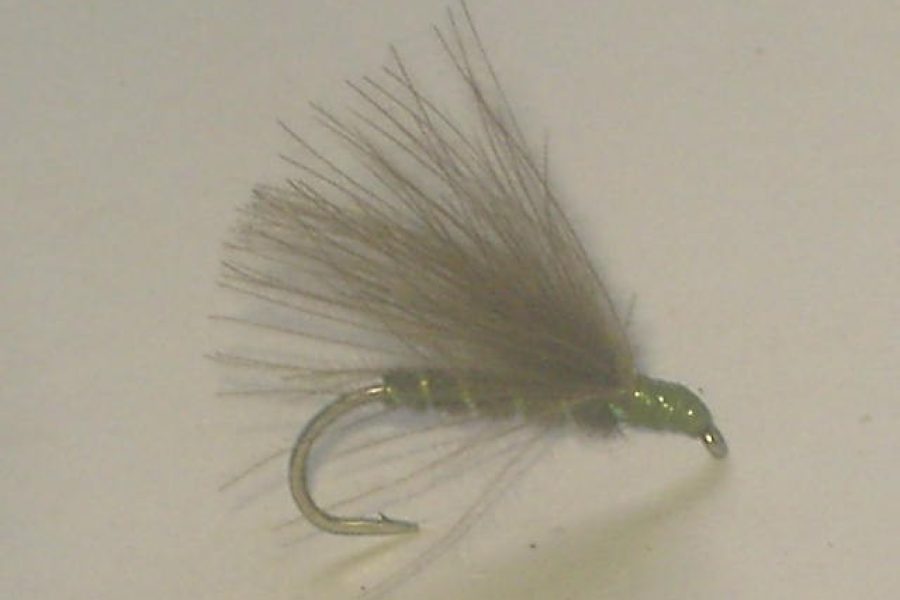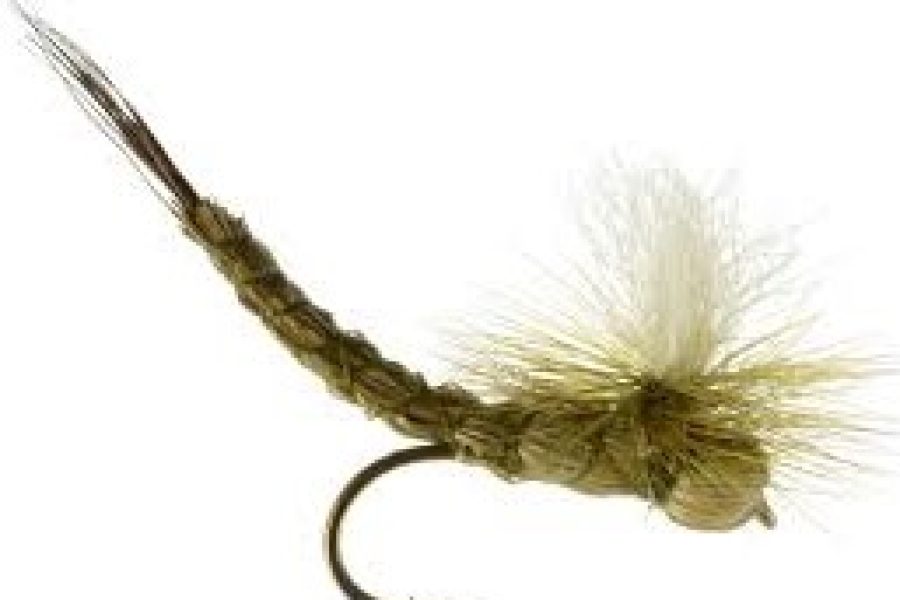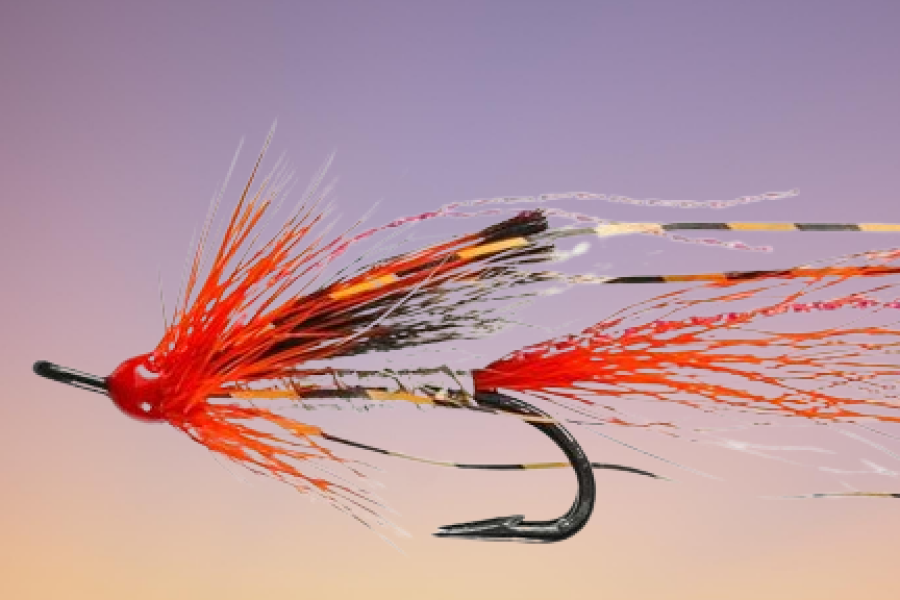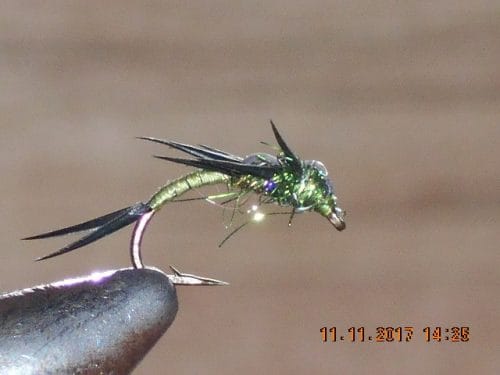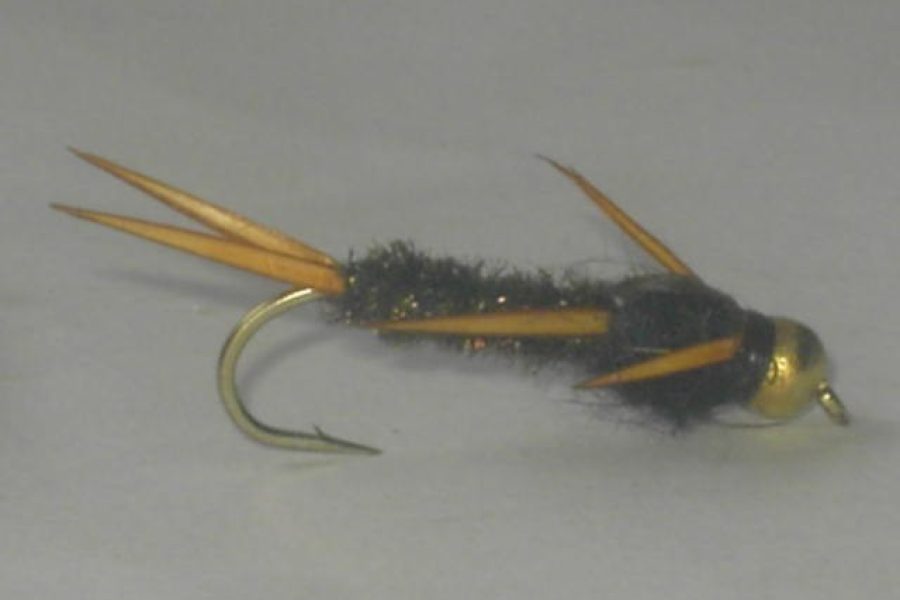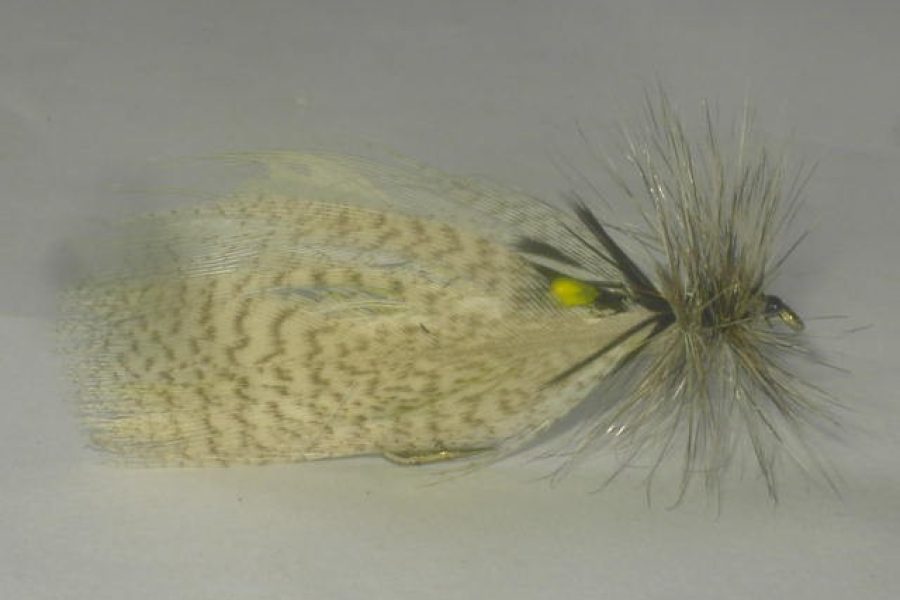green biot Stonefly
Per Dozen $ 7.00
Description
The green biot Stonefly represents a masterful approach to stoneflies for sale, combining realistic features with proven fish-catching effectiveness. This meticulously crafted pattern features carefully selected materials that create a compelling representation of both adult and nymph stages of natural stoneflies, making it particularly effective during stonefly hatches and as a searching pattern.
Design Excellence and Natural Imitation The pattern showcases sophisticated design elements that set it apart from standard stonefly patterns. Its carefully proportioned body provides a realistic profile, while the green coloration creates a natural appearance that suggests various stonefly species. The combination of realism and durability makes it particularly effective during hatches and as a prospecting pattern.
Material Selection and Technical Construction Every component is carefully selected for both performance and durability:
- Premium green dubbing materials
- High-quality wing materials
- Strategic leg placement
- Durable thread base
- Specialized hook selection
- Reinforced construction techniques
Strategic Fishing Applications This pattern excels in multiple fishing scenarios:
- Fast-moving water
- Rocky bottom streams
- Riffle sections
- Bank fishing
- Search pattern fishing Each environment allows the pattern to showcase its effectiveness.
Seasonal Effectiveness The pattern demonstrates remarkable productivity throughout specific periods:
- Spring: Major hatches
- Summer: Early morning and evening
- Fall: Late season opportunities
- Winter: Deep nymphing Seasonal adaptations in presentation maximize success.
Species-Specific Performance While primarily designed for trout, the pattern proves effective for:
- Brown Trout in fast water
- Rainbow Trout in riffles
- Brook Trout in mountain streams
- Various selective feeders
- Multiple trout species
Water Presentation Characteristics Superior presentation qualities include:
- Natural drift
- Realistic profile
- Perfect silhouette
- Lifelike movement
- Attractive action
Advanced Retrieval Techniques To maximize the pattern’s effectiveness:
- Dead-drift presentation
- Subtle twitches
- Short strips
- Bank-side presentations
- Deep nymphing methods
Technical Advantages Key performance benefits include:
- Optimal weight distribution
- Natural movement in current
- Excellent hook-up ratio
- Durable construction
- Versatile fishing depths
Line and Leader Configuration For optimal presentation:
- Weight-forward floating lines
- 9-foot leaders standard
- 4X-5X tippet recommended
- Degreased leader sections
- Proper turnover design
Environmental Adaptability The pattern performs consistently across:
- Various water clarities
- Different current speeds
- Multiple depth ranges
- Various light conditions
- Different temperature ranges
Competition and Professional Applications The Green Stonefly has established itself in serious angling:
- Tournament-proven pattern
- Guide’s choice for hatches
- Professional competition use
- Teaching pattern for stonefly fishing
- Reliable producer in challenging conditions
Size Variations and Pattern Modifications Available in multiple configurations:
- Sizes 8-16 standard
- Various body densities
- Leg style options
- Wing variations
- Weight modifications
Storage and Maintenance Requirements To maintain optimal performance:
- Store in ventilated compartments
- Avoid leg compression
- Regular grooming
- Proper drying essential
- Hook point maintenance
Advanced Rigging Techniques Multiple rigging options enhance versatility:
- Traditional dry fly presentation
- Deep nymph applications
- Indicator configurations
- Multiple fly rigs
- Specialized leader designs
Historical Context and Evolution The pattern’s development reflects:
- Traditional stonefly patterns
- Modern material incorporation
- Refined proportions
- Proven effectiveness
- Continuous improvement
Quality Control Standards Each fly maintains strict requirements:
- Precise material selection
- Proper proportioning
- Construction integrity
- Leg placement
- Pattern uniformity
Fishing Location Selection Optimal fishing locations include:
- Fast riffles
- Rocky bottoms
- Current seams
- Bank areas
- Structure edges
Weather and Condition Considerations Pattern effectiveness varies with:
- Water clarity
- Light conditions
- Current speed
- Temperature
- Barometric pressure
Presentation Depth Control Achieving proper depth through:
- Weight adjustment
- Line selection
- Leader length
- Current reading
- Drift control
Color and Profile Characteristics The pattern’s green coloration provides:
- Natural appearance
- Perfect imitation
- Light reflection properties
- Size-appropriate profile
- Realistic representation
Movement Characteristics Natural movement achieved through:
- Leg action
- Body undulation
- Current interaction
- Weight distribution
- Material movement
Durability Features Construction elements ensuring longevity:
- Reinforced leg attachment
- Quality materials
- Proper proportioning
- Strategic material placement
- Hook point protection
Target Species Behavior Understanding fish response to:
- Natural drift
- Profile recognition
- Size selection
- Depth preferences
- Feeding patterns
Water Type Adaptations Effective across various waters:
- Mountain streams
- Freestone rivers
- Tailwaters
- Spring creeks
- Rocky rivers
Casting Techniques Specialized casting methods:
- Accuracy casting
- Roll casting
- Reach mending
- Line control
- Presentation angles
Strike Detection Recognizing takes through:
- Visual observation
- Line movement
- Leader reaction
- Direct observation
- Tactile detection
Hook Setting Techniques Proper hook setting through:
- Timing considerations
- Pressure control
- Direction management
- Follow-through
- Fish behavior reading
Fighting Techniques Landing fish effectively:
- Pressure application
- Direction control
- Line management
- Fish behavior adaptation
- Landing strategies
Additional information
| Hook type | Barbed Hooks, Barbless Hooks |
|---|---|
| Hook size | 10, 12, 14, 16, 18, 20, 6, 8 |
We're glad you're here. Let us know how we can assist — whether you're looking for barbless flies, bulk orders, or have a custom request. We're ready to help you catch the perfect deal!

